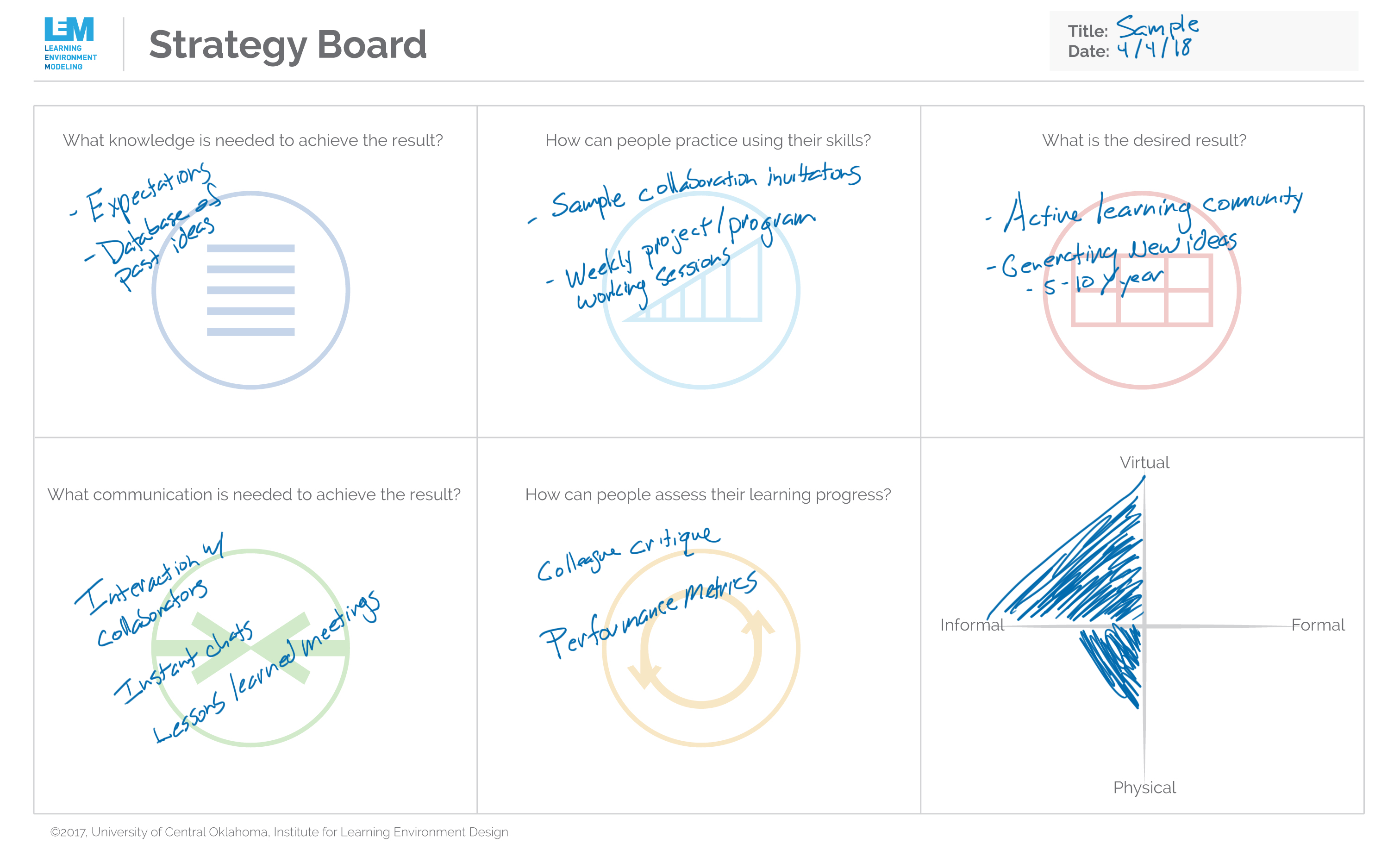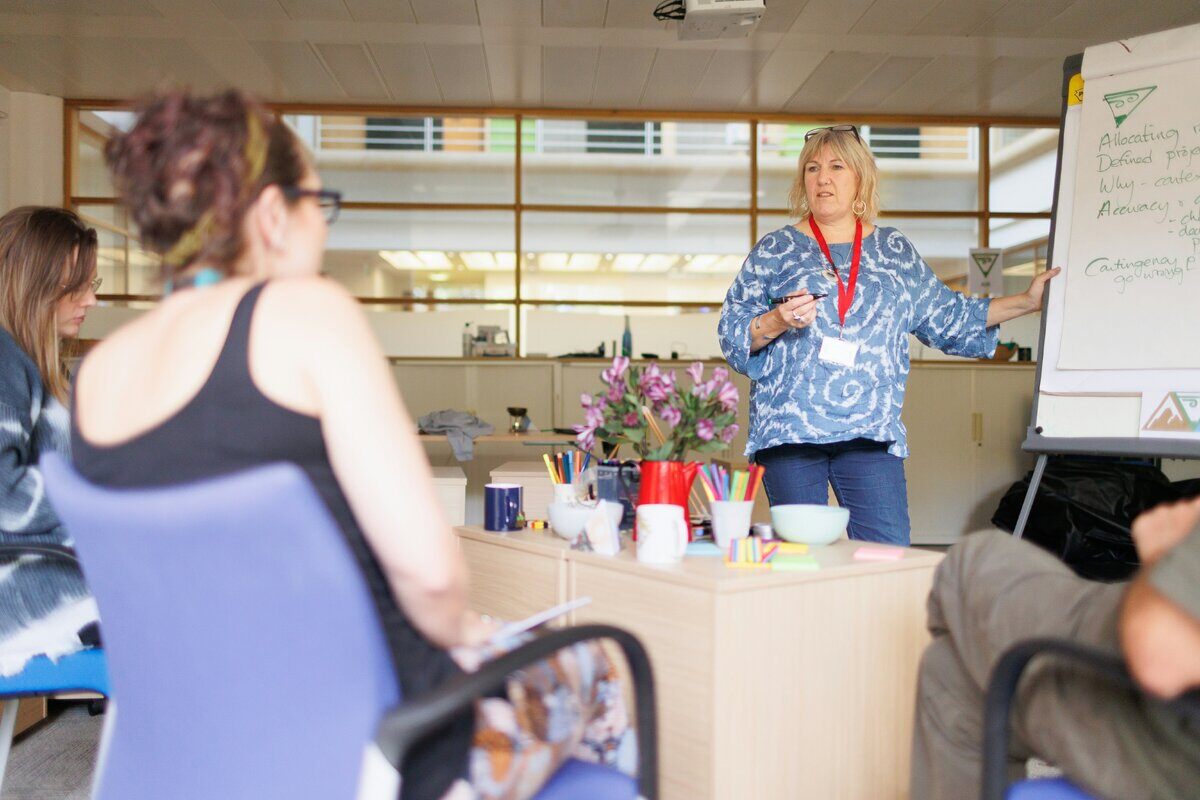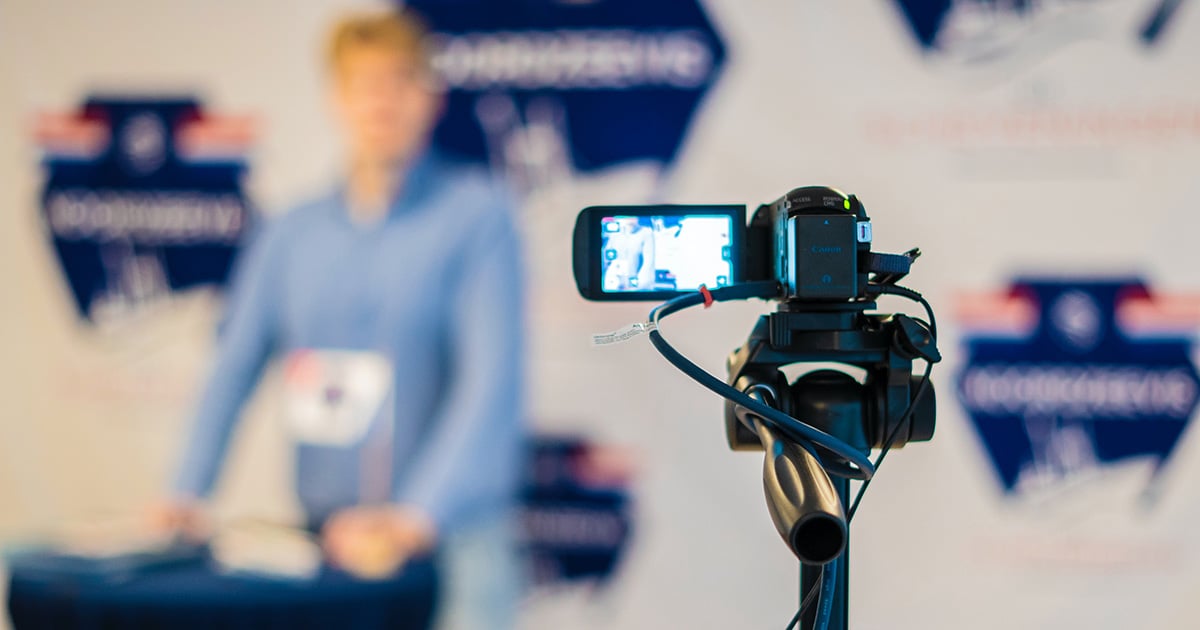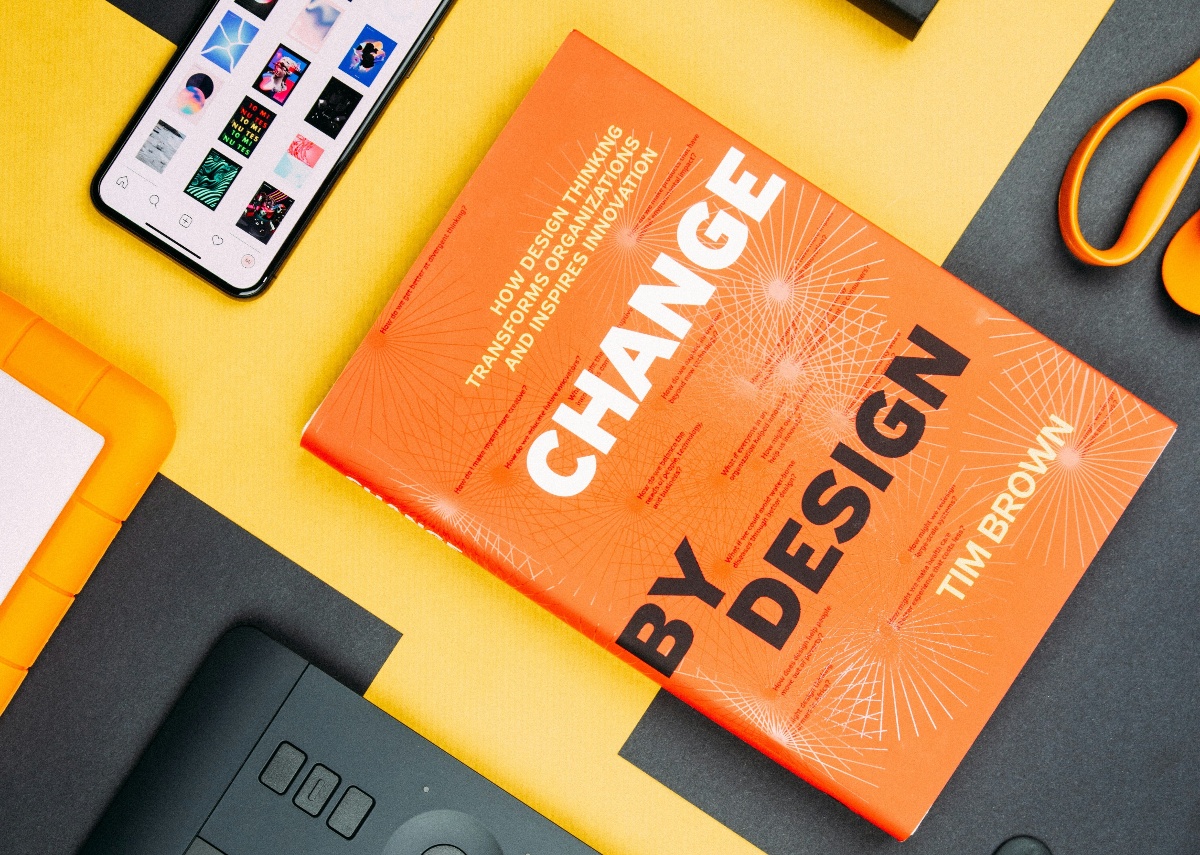
The Critical Questions of Learning Environment Design – Part III
I recently read an article by Jackie Booth in the Learning Solutions Magazine titled “Why Instructional Design Matters in eLearning”. The presentation of four critical questions for instructional design was a great reminder of the fundamentals that should define the design of successful learning environments.
In this blog series, I explore each of these four critical questions and add thoughts about using visualization to accelerate and enhance the design experience.
In Part I of this series, I explored the question of knowing who learners are in an environment and their characteristics.
In Part II of this blog series, I discussed the considerations with identifying the knowledge and skills needed to achieve learning outcomes.
In this post, I examine the strategies that are needed to support meaningful and effective learning experiences. Specifically, I explore the question: “What is the best method of presenting the information to achieve maximum learning?”
Learning Beyond Information
One consideration that struck me when reading the above question was the emphasis on information. The assumption is that information is the fuel for learning and if we can present information in the right ways, we will maximize learning.
Learning requires much more than the presentation of information.
The environments that support learning do include information, but learning is supported by many other interactions such as the demonstration of skills, practice, feedback, community, and many other dimensions or patterns of learning environments.
The Strategy Board
The Strategy Board is a tool used to organize ideas and techniques for designing learning environments. This includes information, and also addresses dialogue opportunities, practice, feedback, and demonstration of learning evidence. The Strategy Board also provides for a way of visualizing the blend of learning contexts.

This example Strategy Board provides a visualization for understanding how a learning environment could be designed. There can often be multiple Strategy Boards used in a project to compare and evaluate various design approaches. The sections of the Strategy Board align with the Learning Environment Modeling™ Language and provides a shared, visual tool for collaboration and design.
Summary
Selecting effective methods that support desired outcomes are key to successful learning experiences. While the outcome may be clear, the pathway to supporting the outcome may be more challenging to design.
In this post, I explored using the Strategy Board as a visual tool for determining effective methods for optimizing learning experiences. This tool is simple-to-use and empowers collaboration and thoughtful design processes.
The next and final post in this series addresses techniques for evaluating learning programs.
For more information and resources…
For more information and resources on using visualization to support instructional design, visit http://iled.uco.edu.
Subscribe To Our Blog
Most Popular
Post By Topic
- associations (2)
- blended learning (2)
- CLEA (3)
- community of practice (1)
- Continuous Improvement (1)
- covid (1)
- culture (1)
- customer engagement (1)
- Design Studio Session (7)
- designcast (2)
- E-Learning (2)
- engagement (1)
- equity (1)
- ILED (6)
- ILED Designcasts (4)
- Innovation (4)
- learning design (25)
- learning enviroments (22)
- learning innovation, (4)
- Learning Strategy (8)
- LEM Techniques (3)
- micro-credential (17)
- Powered by LEM (5)
- professional learner (2)
- Show Notes (4)
- Skills Gap (2)
- technology (3)
- Uncategorized (11)
- video (1)
- visualization (10)
- Workshops (1)





